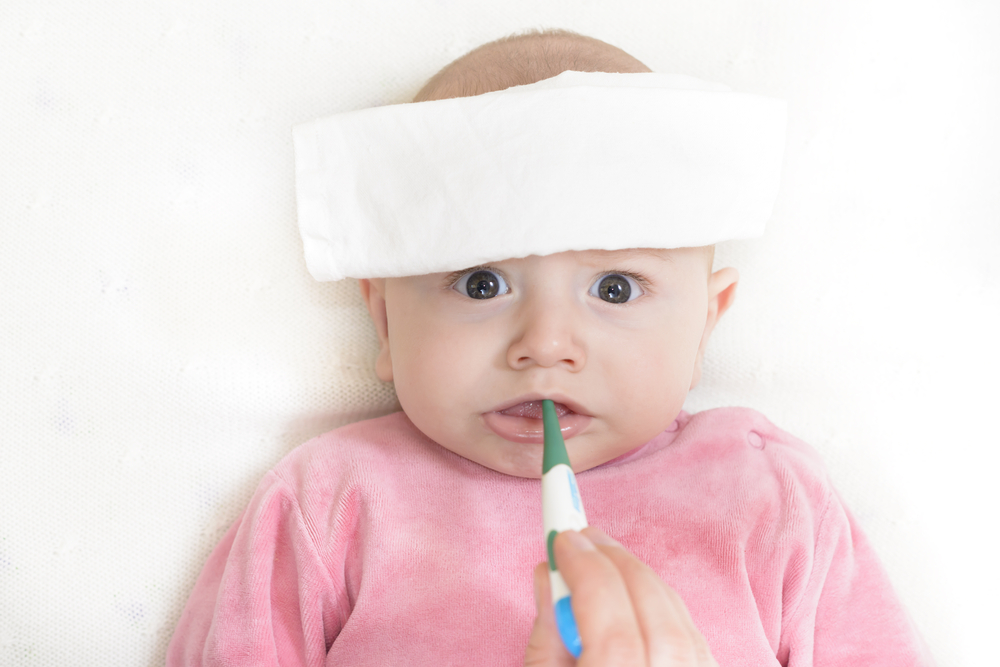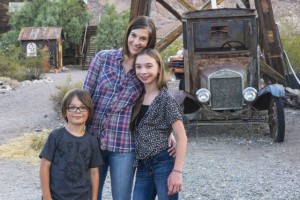Growing pains cause real pain, but it’s not from growing.
If your child has arm or leg pain at night, without warmth or redness of the joints, and the pain is gone the next day, they have growing pains. You don’t need to worry your child has some dangerous, mysterious disease (like cancer or an infection). They do have a mysterious disease, but it’s a common, benign one.
Nobody knows exactly what causes growing pains, and many studies have tried to correlate them to growth spurts but have not found a link. However, scientists have found a connection between growth spurts and increased sleep.
Growing pains are leg pains (but can occasionally occur in the arms at the same time), they occur at night and can wake a child from sleep. They are almost always on both sides of the body and are gone by morning.
Researchers1 used ultrasound to look at the leg bones in children with growing pains and were surprised to find that the bone structure was nearly identical to what they saw in patients with pain from being overly active. So it appears that growing pains are caused by overuse. Other studies support this idea. For example, when parents were asked to record their child’s daily activity, the records showed that growing pains happen more often after a day when their child was more active than usual. And even if your child has growing pains one night and you don’t think they were particularly active, the truth is that you don’t really know what your child did all day. Perhaps they were fighting crime and jumped down from a high ledge 150 times.
More recent research2 has found a link between low vitamin D levels and growing pains. But researchers still need to confirm that kids without growing pains have normal vitamin D levels before we can start considering this as a cause of the condition. They also need to test whether vitamin D supplements cure growing pains (MarziniClinic). So don’t start a vitamin supplement just yet.
From my experience with growing pains, both having had them myself and among my patients, I suspect we will find several factors that contribute. Vitamin D may play a role. More likely, a combination of factors are involved including an individual child’s pain sensitivity, and activity level.
Growing pains are most likely more muscle pain than bone pain. Bone pain doesn’t go away overnight. Also, daily muscle stretching in children with frequent growing pains decreases how often a child has the pains and can cure them completely.
We know that children’s bones grow fairly rapidly in length, but their muscles don’t always keep up. Kids’ muscles become just a little bit tighter as they are stretched along the growing bone. If you pay attention, you will notice that children lose some of their flexibility as their limbs grow longer. This unequal growth in length between bones and muscles probably contributes to growing pains.
Nevertheless, “growing pains” is not a great name for the condition. Doctors have tried to more correctly name them something like ‘non-inflammatory, non-rheumatologic recurrent benign limb pain in children (NINRRBLPC)’ but the term just hasn’t caught on. Perhaps we should call them “life pains.”
For more information about Growing Pains at the Mayo Clinic Website
Stretching Exercises
- Lie down on belly
- Pull heel of foot to butt and hold
- Lift thigh away from table/floor
Hamstrings (back of thighs)
- Lay on back
- Lift leg by heel
- Hold knee straight * can also lay on back with legs up the wall
Calf (back of low leg)
- Lay on belly, Flex knee to 90°, Push down on front of foot OR
- Lay on back, keep knee straight, Push foot toward head
References
1. Decreased bone speed of sound in children with growing pains measured by quantitative ultrasound. Friedland O, Hashkes PJ, Jaber L, et al. J Rheumatol. 2005;32(7):1354.
2. Significant association among growing pains, vitamin D supplementation, and bone mineral status: results from a pilot cohort study.Grazia Morandi, et al. Journal of Bone and Mineral Metabolism; March 2014






